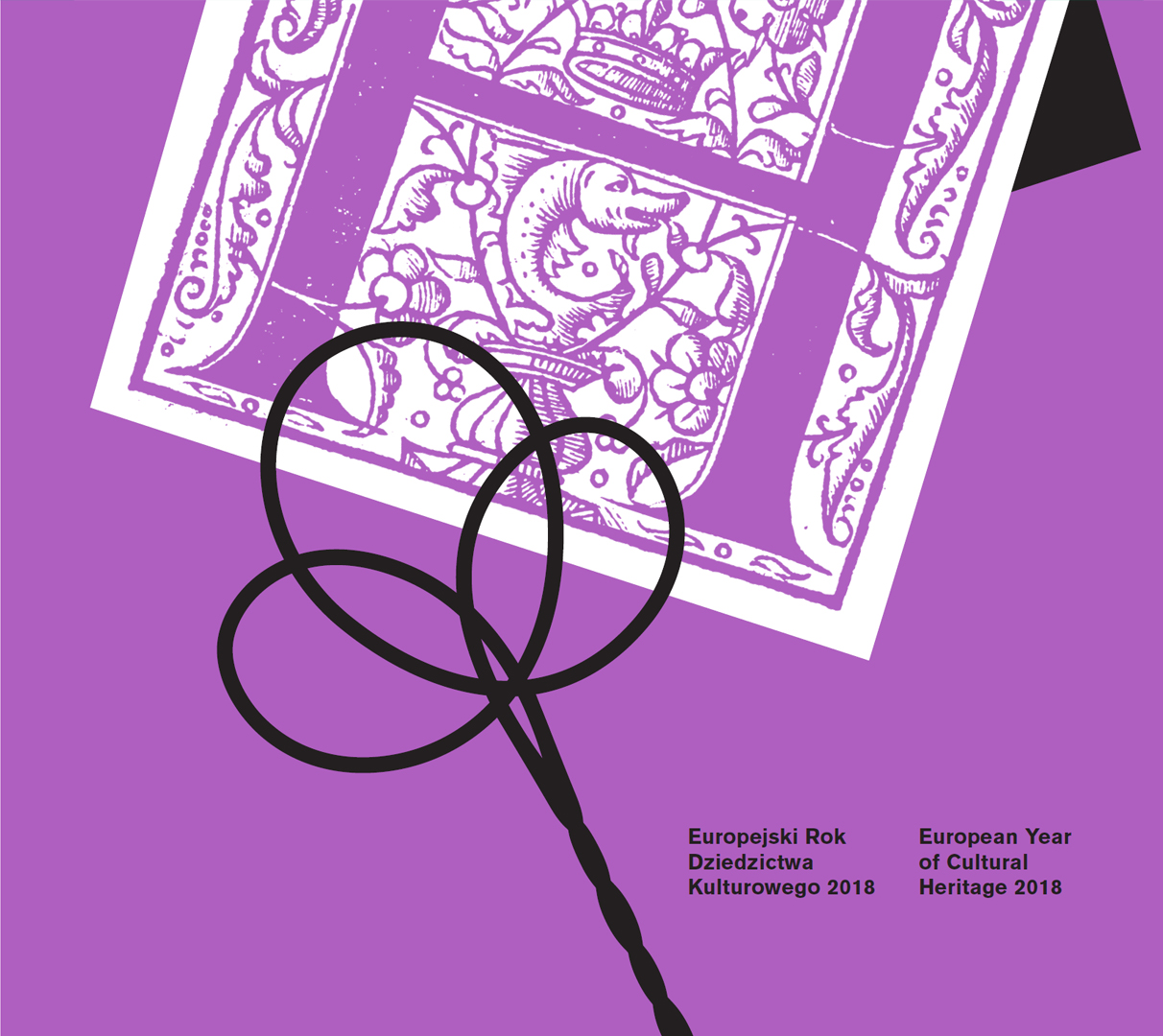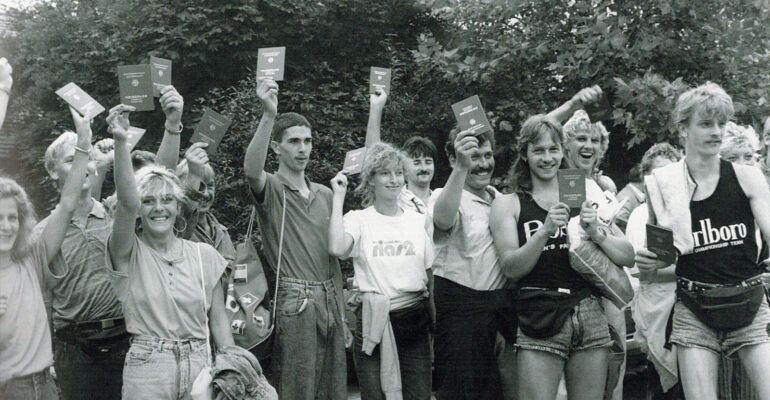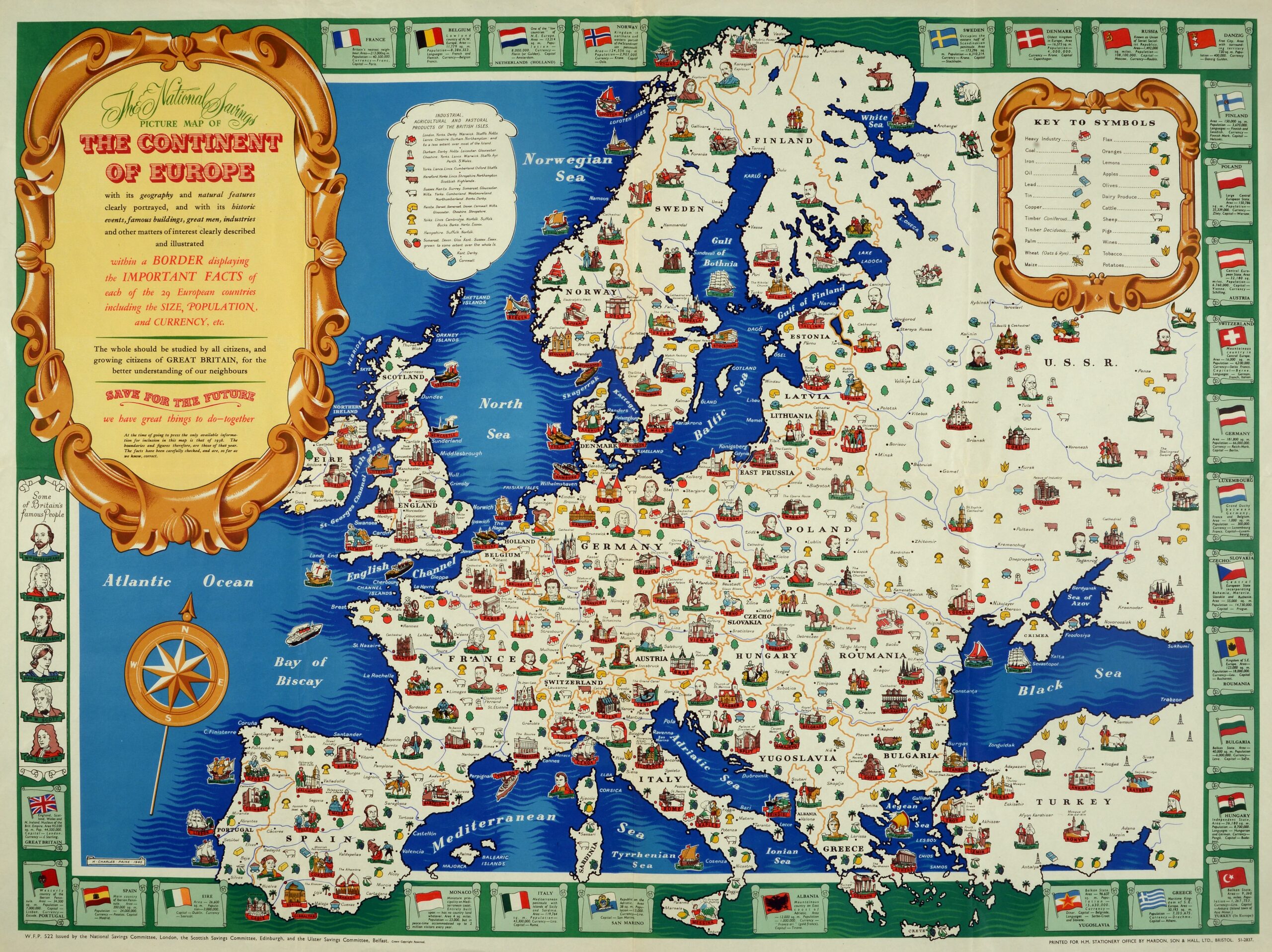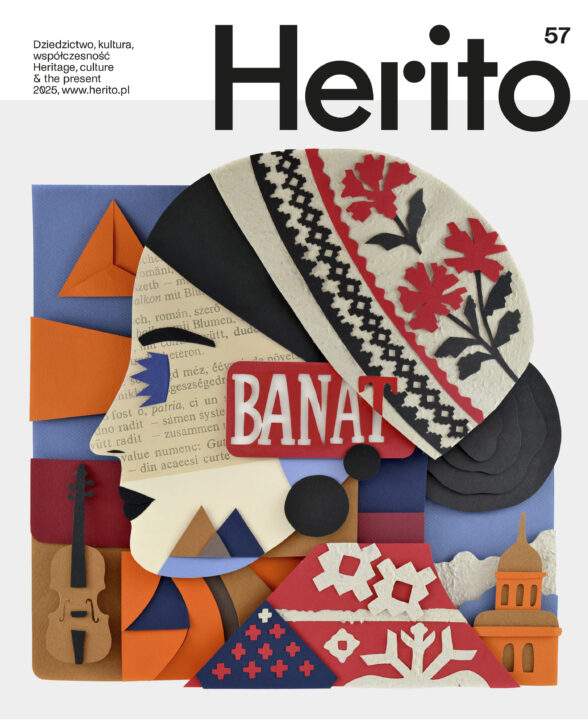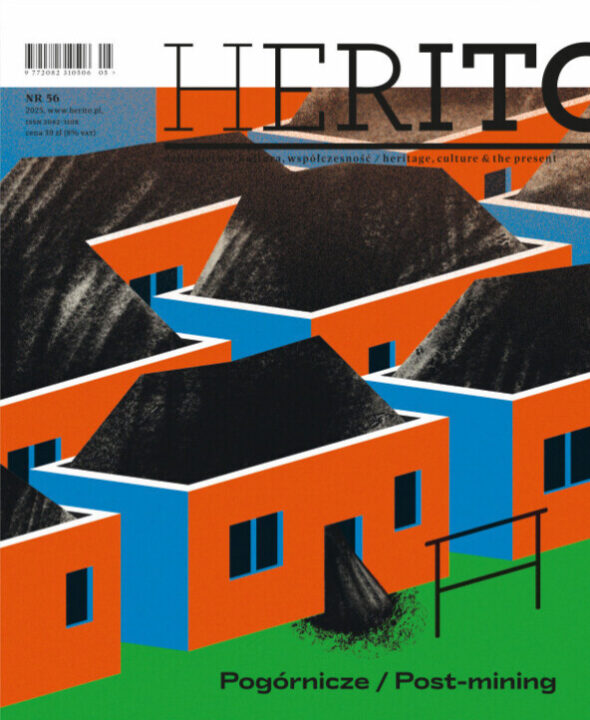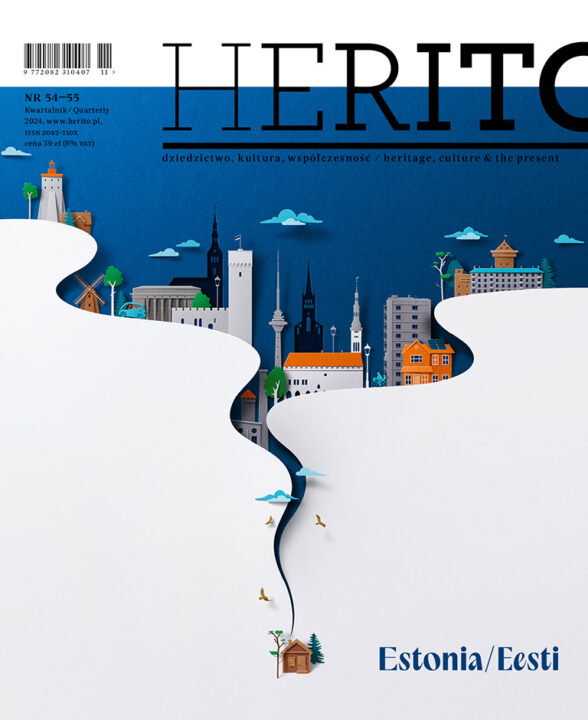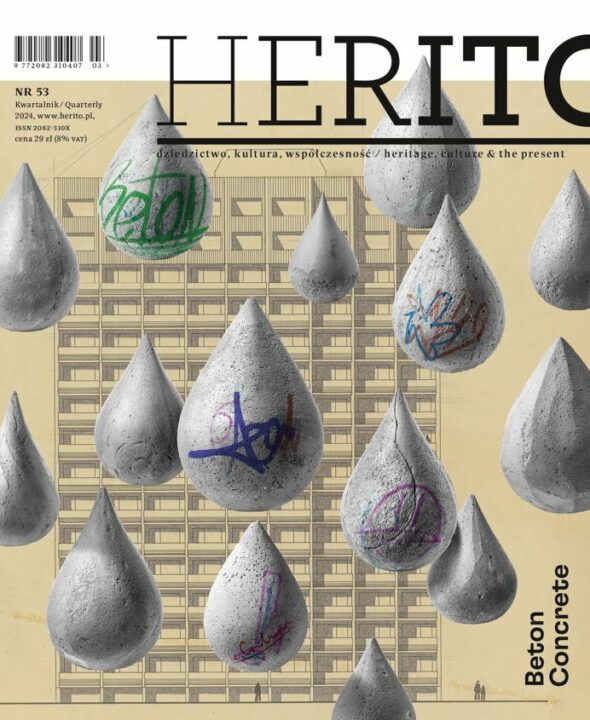European Year of Cultural Heritage 2018
What will remain after the European Year of Cultural Heritage 2018? How to talk about history and memory to build bridges rather than consolidate existing divisions? Where lies the key to formulating an inclusive European narrative that would express the experience of new Central European member states? Why does heritage mean people and what is the direction in which contemporary heritology will develop?The European Year of Cultural Heritage 2018, established by the decision of the Council and Parliament of the European Union, has just come to a close. The International Cultural Centre was the Polish coordinator of the programme. This double issue of “Herito” quarterly was conceived not so much as a conclusion of this year, but as its extension and continuation of its major themes.
Cultural heritage is not just what has been inherited from past generations, but, above all, the foundation of our future. At present, heritage sector employs more than 300 thousand people in Europe, while 7,8 million workplaces – for instance in tourism and construction – are directly linked with heritage. Research shows that cultural heritage improves the quality of life, social cohesion, and intercultural dialogue.
In this issue Agata Wąsowska-Pawlik and Joanna Sanetra-Szeliga summarise the events of the European Year of Cultural Heritage 2018. Michael Magnier, Marek Świdrak, Zsuzsanna Szijarto and Mirosław Kindl present the idea and places marked with the European Heritage Sign. Robert Traba and Igor Kąkolewski reflect on memory landscapes of contemporary Europeans. Sergiusz Najar examines the impact of shifting borders on postwar Europe, while John Tunbridge analyses dilemmas related to the development of heritology.
Free full text articles
Copyright © Herito 2020
